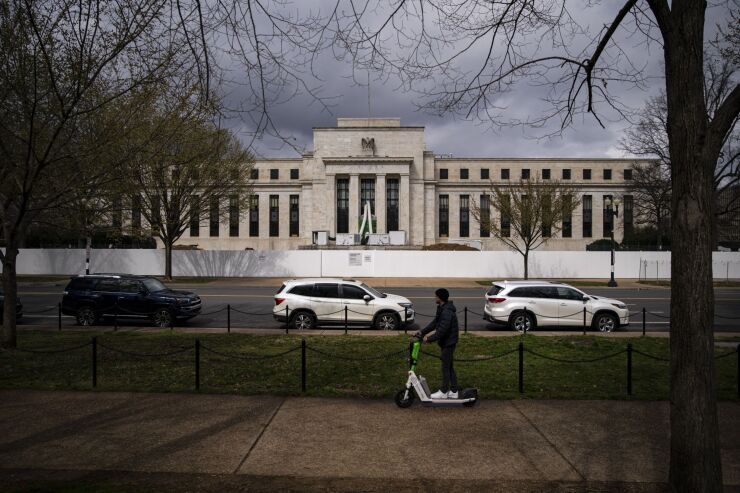
Between recent legislative advances and
Even though they are small — generally defined as having less than $10 billion in assets — community banks are the lifeblood of communities across America, punching far above their weight when it comes to driving local economies. Within the banking sector, community banks account for around 70% of agriculture loans, 35% of small-business loans, and 30% of commercial real estate loans,
This success is rooted in community banks' unique "relationship banking model," which is based on aggregating local knowledge to use in decisions regarding lending and overall strategic direction. That allows community banks to provide loans to borrowers that
Unfortunately, the greater positive local impact community banks have relative to larger banks is greatly diminishing as community banks steadily decline as a share of the banking sector. If policymakers are serious about helping Main Street, stopping or reversing this trend must be their goal.
Since the 2008 financial crisis, legislative and regulatory attention has been almost entirely focused on large banks — first strengthening large bank regulations, which were woefully inadequate, and subsequently stripping back those regulations in a deeply misguided acquiescence by policymakers to strong industry lobbying efforts. With little focus on community banks, it went unnoticed that they ended up with an unlevel playing field.
Consider capital requirements. The community bank leverage ratio — the capital requirement applicable to many community banks — is 1.8 times higher than the leverage requirement for the largest, most complex banks like JPMorgan, which has over $4.5 trillion in assets. And a
With disadvantages like these, it's no wonder why community banks' share of the banking sector has shrunk. Policymakers and regulators must have specific community bank policies that recognize their unique size, business model and importance to broad-based growth within the real economy.
BayFirst Financial, which has reported problems with SBA loans, expects to reach an agreement with its regulators in connection with credit administration and other issues.
Several recent attempts have sought to address this imbalance, but they fall short. Efforts to increase deposit insurance beyond the current $250,000 limit would apply to nearly all banks, which ultimately
Instead, increased deposit insurance should apply only to community banks and ideally be done through expanding reciprocal deposits rather than government insurance. This would help attract deposits specifically to community banks and increase the stability of their deposits. Growth in community bank deposits would maximize benefits to the real economy by increasing the amount of their unique relationship lending. It also would minimize financial stability risks since community banks are small, and banks with reciprocal deposits have shown resilience to financial stress.
Moreover, there is discussion of lowering community bank capital requirements outright, without conditions. This would create negative incentives and invite predatory outside investors, including private equity funds. Any lowering of capital requirements must be tied to community banks making much-needed investments in technology and other enhancements, such as increasing deposit insurance. That would ensure that the capital is invested in risk-reducing improvements related to business and risk management practices.
Even with some capital relief, many community banks still would find technological and process upgrades unaffordable. Many also struggle with finding specialized talent, especially more remote banks. Policies therefore should promote and support the formation of consortia among community banks so that they can more easily share operational or personnel resources, thereby minimizing costs.
Importantly, a successful framework for community banks must be based on a solid foundation: a standardized, universal definition. Currently, multiple legislative and regulatory definitions for community banks confound efforts to develop a comprehensive policy framework. The definition used by the Federal Deposit Insurance Corporation is one of the best options, because it accounts for activities and geographic presence and has a size threshold that automatically adjusts over time.
Policymakers must avoid looking at community banks as institutions of the past that no longer have a place or function in our financial system and stop prioritizing large banks and technology companies. Community banks are the financial past, present and future of Main Street America. They just need to be supported by policymakers as much as they support our communities.






